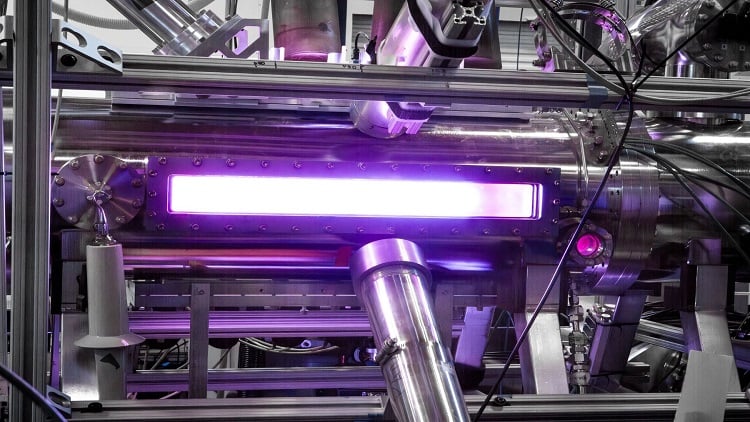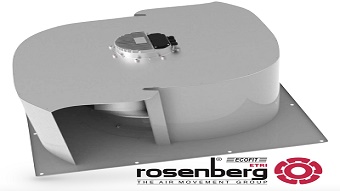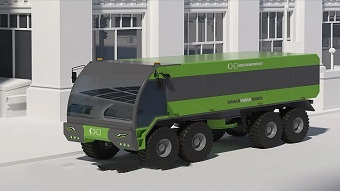Compact fusion system hits temperature target
S. Himmelstein | May 10, 2024Seattle, Washington-based Zap Energy Inc. reports a major achievement in sustaining fusion energy. Its fusion platform recently reached 1-3 keV plasma electron temperatures — roughly the equivalent of 11 million° C to 37 million° C. Reaching temperatures above that of the sun’s core (which is 10 million° C) is essential before any fusion confinement concept can realistically pursue net gain and fusion energy.
This advance was demonstrated with the company’s sheared-flow-stabilized Z-pinch approach to fusion. The system confines and compresses plasma without the need for expensive and complex magnetic coils. Large electric currents are channeled through a thin filament of plasma, which then generates the electromagnetic fields that both heat and compress it. The plasma is sustained by applying a dynamic flow through it in a sheared-flow stabilization process.
 A bright flash of light from the fusion Z-pinch experiment plasma. Source: Zap Energy, Inc.
A bright flash of light from the fusion Z-pinch experiment plasma. Source: Zap Energy, Inc.
Detailed temperature measurements were recorded with a portable Thomson scattering device. To perform Thomson scattering, the scientists use a very bright, very fast laser to fire a pulse of green light into the plasma, which scatters off the electrons and provides information about their temperature and density. The data confirmed that electron temperatures and fusion neutron production peaked simultaneously, supporting the idea of a fusing plasma in thermal equilibrium.
The study published in Physical Review Letters also involved contributions from U.S. Lawrence Livermore National Laboratory, University of California San Diego, U.S. Los Alamos National Laboratory and University of Washington researchers.




